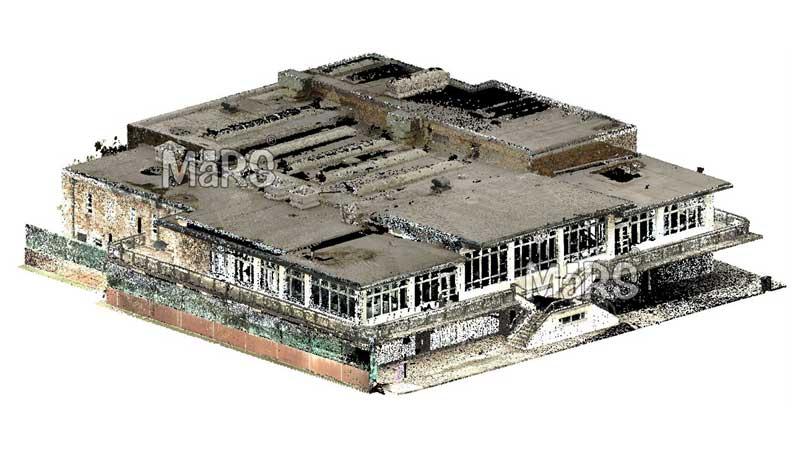Maximizing Efficiency in Revit with API and Dynamo

In the realm of Building Information Modeling (BIM), Autodesk Revit stands as a cornerstone software for architects, engineers, and construction professionals. Its robust capabilities for 3D modeling and collaboration are further enhanced by integrating Revit API (Application Programming Interface) and Dynamo, a powerful visual programming tool.
Understanding Revit API
The Revit API provides developers with the tools to extend and customize Revit's functionalities beyond its out-of-the-box capabilities. This means that tasks that are repetitive or complex can be automated, improving efficiency and reducing the likelihood of errors. Developers can create custom applications, add-ins, and scripts that streamline workflows, integrate with external databases, and perform advanced calculations. For example, users can automate the creation of elements, extract data, or generate complex geometry—all directly within Revit.
Harnessing the Power of Dynamo
Dynamo complements Revit API by offering a user-friendly interface for creating visual scripts. This node-based programming tool allows users to automate repetitive tasks, manipulate geometry, and create complex parametric designs. Dynamo scripts can range from simple operations like batch-editing elements to sophisticated algorithms that optimize building performance metrics.
Integration Benefits
- Efficiency Gains: By automating tasks, users save time and reduce manual errors, enabling them to focus on design creativity and problem-solving.
- Enhanced Collaboration: Both Revit API and Dynamo facilitate collaboration by standardizing workflows and enabling smoother communication between project teams.
- Customization: Users can tailor Revit to meet specific project requirements, enhancing project delivery timelines and ensuring compliance with industry standards.
Real-World Applications
- Automated Documentation: Generate reports, schedules, and documentation automatically based on Revit model data.
- Parametric Design: Create adaptive components and parametric designs that respond to changes in project requirements or environmental conditions.
- Optimization: Use data-driven design insights to optimize building performance, energy efficiency, and lifecycle management.
Conclusion
Integrating Revit API and Dynamo into your workflow not only increases efficiency but also unlocks new possibilities for design innovation and project delivery. Whether you're an architect seeking to streamline design iterations or a contractor aiming to optimize construction processes, harnessing these tools empowers you to maximize efficiency and elevate the quality of your projects in the dynamic world of BIM.
By leveraging the combined power of Revit API and Dynamo, professionals can achieve greater efficiency, precision, and collaboration in every phase of the building lifecycle.






Comments